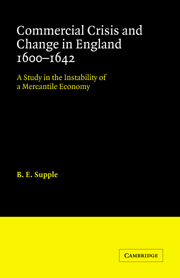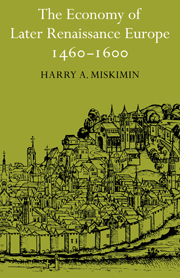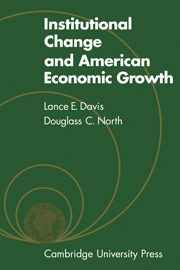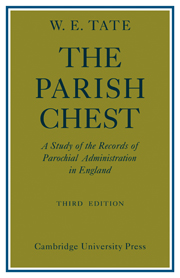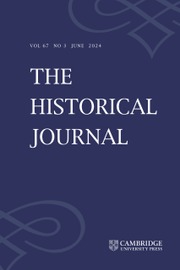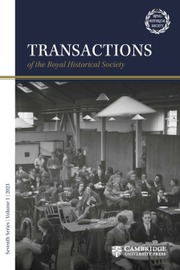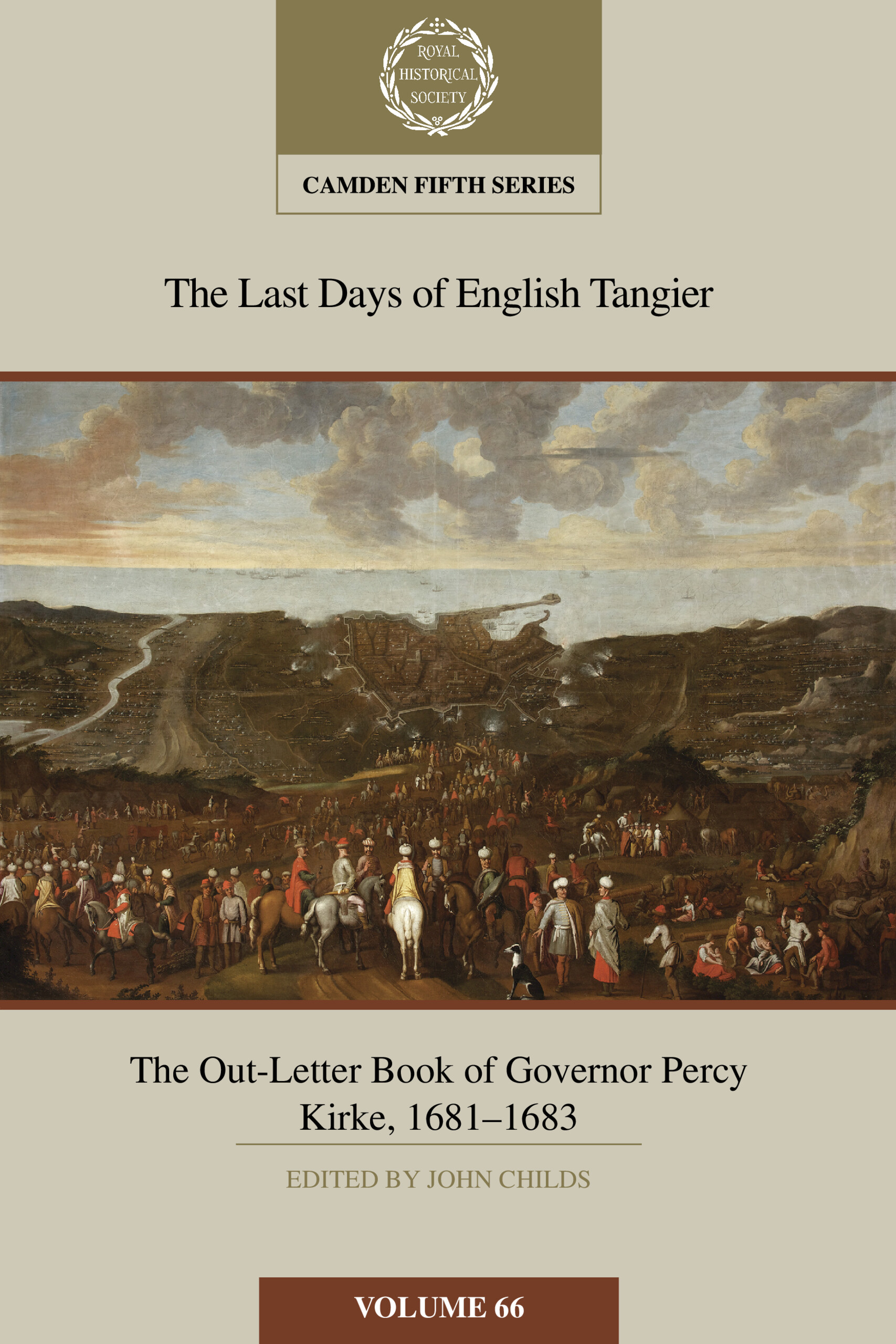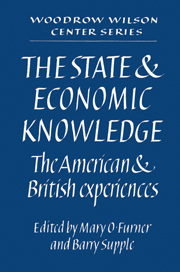Commercial Crisis and Change in England 1600-1642
A classic study of the development and changing fortunes of commerce in seventeenth-century England. Barry Supple explores the causes and consequences of the economic crises in the forty years prior to the Civil War through the lenses of economic thought and policy as well as monetary, industrial and commercial questions. He examines England's place in the international economy and the inter-relationship between internal instability and long-term economic development. He argues that England's relationships with economies of other lands had a crucial role to play in her own internal prosperity. By looking to external factors - political and economic events abroad, currency instabilities, harvest fluctuations - the author explains the more important dislocations in England's economic structure. The book significantly enhances our understanding of the structure and stability of the economy by focusing on, and comparing, periods of economic crisis, and reveals the role of commerce in the daily well-being of an economy highly vulnerable to dislocation.
Product details
January 2008Paperback
9780521044592
312 pages
213 × 140 × 18 mm
0.411kg
Available
Table of Contents
- Preface
- List of abbreviations
- Introduction
- Part I. Years of Crisis:
- 1. The recovery from stagnation, 1600–1614
- 2. The Cockayne project, 1614–1617
- 3. The depression years, 1620–1624
- 4. Currency manipulation and the crisis of the early 1620's
- 5. Plague and politics, 1625–1632
- 6. The declining years, 1632–1642
- Part II. Years of Change: Real and Monetary Factors:
- 7. A changing economy: the old and the new
- 8. Monetary instability, 1600–1642
- Part III. The Approach to Economics:
- 9. Economic thought
- 10. The government and the economy
- Appendixes
- Index.

